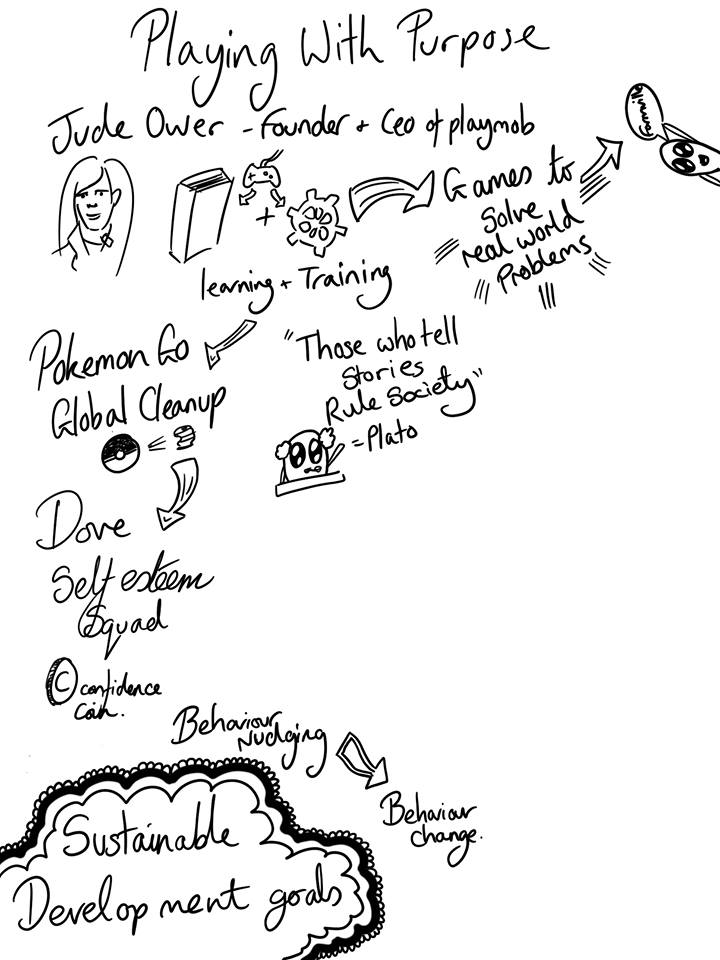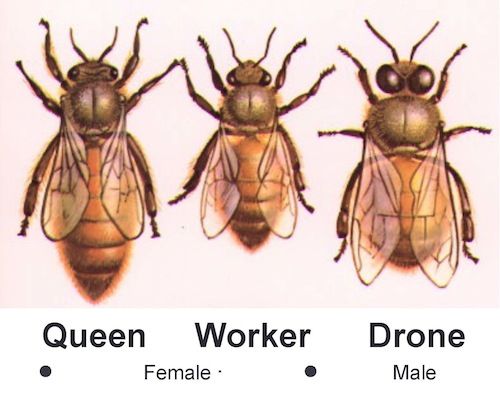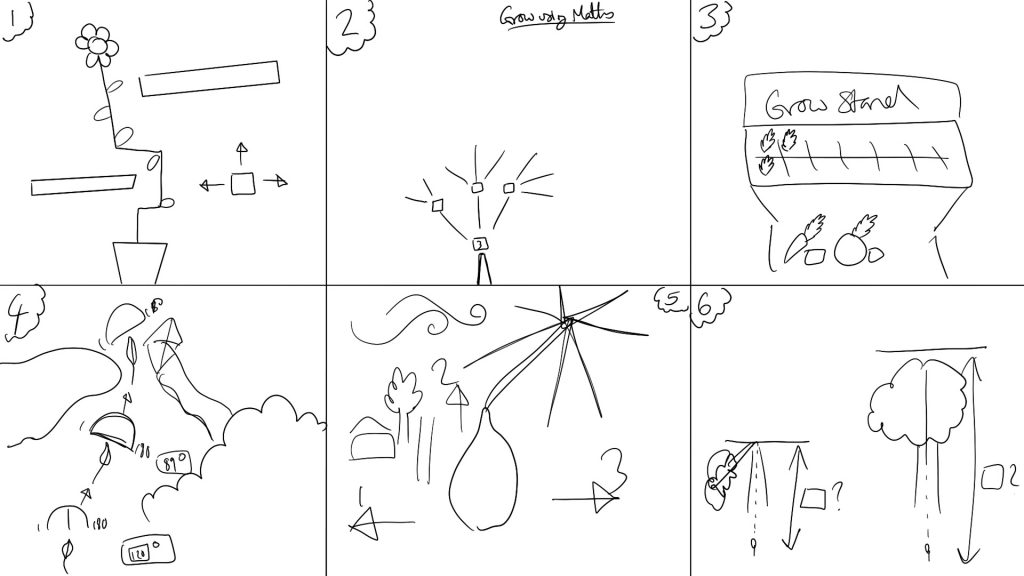I started research for my Idea involving assigning bees tasks within a hive. I researched bees and found out some interesting things. the first thing important to note is that there are only three classes of bees within a hive.
Queens- There is only one in a hive and her job is to lay eggs providing drones and workers for the hive. She is the largest and lives the longest.
Drones- All male usually only a few hundred of them. Drones do not gather pollen. Their only job is to mate with an unfertilised queen.
Workers- All female usually in the thousands. Their job is gather pollen, create honey and feed the young larvae. They also build the hive and perform all other duties. Workers are infertile and do not lay eggs.
On average bees will fly within a mile radius of their hive for food but it has been noted on occasion that bees can fly up to five miles. They gather nearly 20 mg of pollen each trip and amass nearly 20 kg of honey in a single year. Bees use the sun to navigate and some studies have shown they are sensitive to the earth electromagnetic field.
Research
During my research I found quite a few website that showed bees in a negative light. I found this strange as in the UK we are often told how essential bees are to the natural economy.
Bees are an extremely useful species. They are the most successful insect pollinators due to the sheer amount of pollen they carry. We depend on bees to pollinate useful and nourishing plants. Plants such as apple, pear, almond, vanilla and even cotton all depend on bees as a pollinator.
I think it is important that any game design reflects this importance and does not infer any connotation of pest to these insects. A game designed with insects in mind could be used to supplement the KS2 curriculum for science and could help children learn more about the Eco-system and biology.
“If the bee disappeared off the face of the earth, man would only have four years left to live.”
― Maurice Maeterlinck, The Life of the Bee










